#torc waterfall
Explore tagged Tumblr posts
Text
Killarney National Park
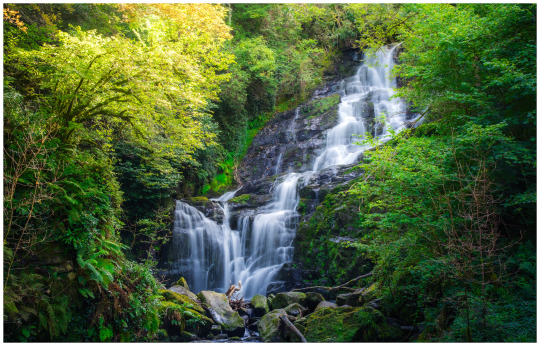
The Torc Waterfall in Ireland's Killarney National Park is quite possibly my favorite waterfall I have ever photographed.
This composition isn't the best of those I have shot of this falls; it lacks a little depth since I didn't compose it with any real foreground elements to speak of. Despite this, the natural beauty of the falls and it's environment still shines and the light was lovely.
If you get a chance to visit Ireland, I highly recommend it.
#opt outside#nature#outdoors#the hikers eye#no people#landscape#go outside and play#landscape photography#nature photography#original photography#original photographer#torc waterfall#waterfall#ireland#killarney national park#ring of kerry#county kerry
44 notes
·
View notes
Text
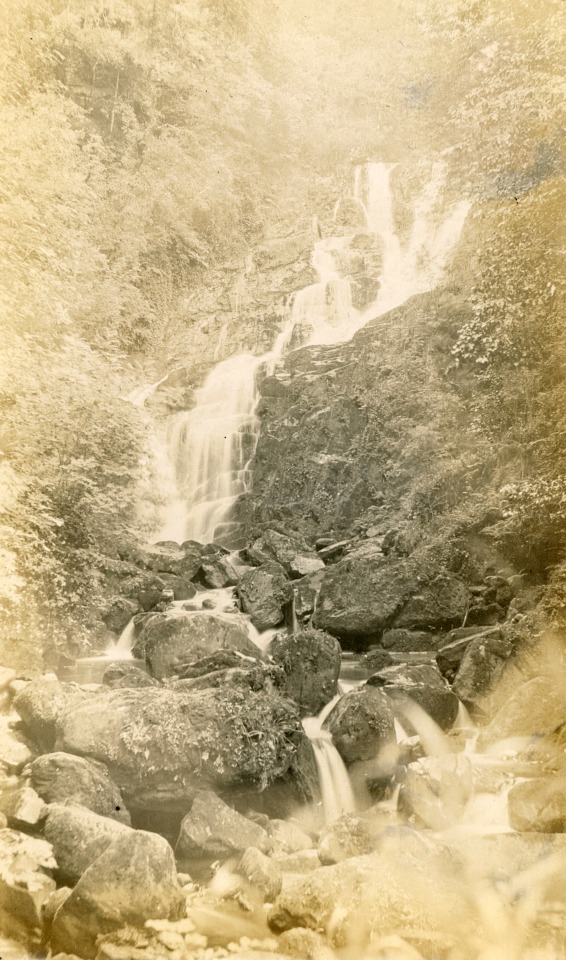
Torc Waterfall near Killarney, Ireland, 1908
20 notes
·
View notes
Text






RING OF KERRY / Co. Kerry & Co. Cork Rep. Ireland May 2024
2 notes
·
View notes
Photo

They’re stuck
#my art#doodling#ed elric#roy mustang#fma#putting them on the torc waterfall trail#Putting them in places. And situations
272 notes
·
View notes
Text

Torc Waterfall
keith_walsh_agram
810 notes
·
View notes
Text


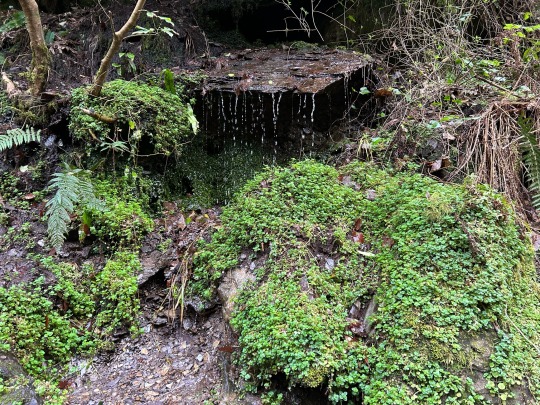
Torc Waterfall, Killarney
27 notes
·
View notes
Text
📍Torc Waterfall, Co Kerry 📸 @mcardlephoto
Untitled
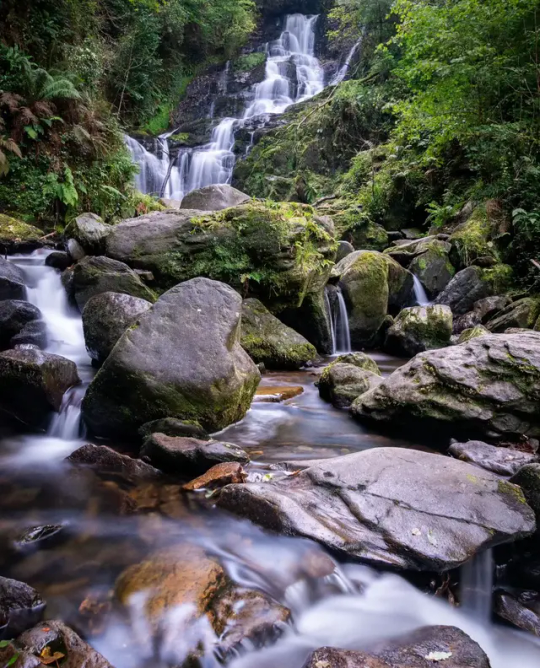
View On WordPress
7 notes
·
View notes
Text

TORC WATERFALL KILLARNEY
Torc Waterfall (from Irish: Easach Toirc, meaning “cascade of the wild boar”) is a 20 metres (66 ft) high, 110 metres (360 ft) long cascade waterfall formed by the Owengarriff River as it drains from the Devil’s Punchbowl corrie lake at Mangerton Mountain. The waterfall, which lies at the base of Torc Mountain, in the Killarney National Park, is 4.3 miles (7 kilometres) from Killarney in Kerry, Ireland.
The waterfall is a popular site on the Ring of Kerry and the Kerry Way tours. The word Torc is from the Irish translation of a “wild boar”, and the area is associated with legends involving wild boars. One legend is of a man who was cursed by the Devil to spend each night transformed into a wild boar, but when his secret was revealed by a local farmer, he burst into flames and disappeared into the nearby Devils Punchbowl on Mangerton Mountain from which the Owengarriff River emerged to hide the entrance to his cave beneath the Torc Waterfall.
There is also the story of how the legendary Irish warrior, Fionn MacCumhaill, killed a magical boar on Torc mountain with his golden spear. The 20 meters high waterfall is formed by the Owengarriff River as it drains from the Devil’s Punchbowl lough, a deep cirque high above in Mangerton Mountain.[8] Torc Waterfall sits on a geological fault called the Muckross to Millstreet Fault Line. Torc Mountain consists of 400 million-year-old Devonian Old Red Sandstone, but the base around Muckross Lake is circa 100 million years younger and consists of Carboniferous Limestone.
At some stage, after the limestone was deposited, a period of tectonic-plate collision occurred and the land under Torc was lifted up 3,000 metres, re-exposing the underlying older sandstone. Torc Waterfall is 4.3 miles (7 kilometres) from Killarney, and 1.6 miles (2.5 kilometres) from the gates of Muckross House, in the Killarney National Park.
Thanks to @majestic_dublin for the great 📸
************************
Top 10 Places to Visit in Ireland https://lovetovisitireland.com/top-10-places-to-visit-in-ireland-2/
***********************
21 notes
·
View notes
Text

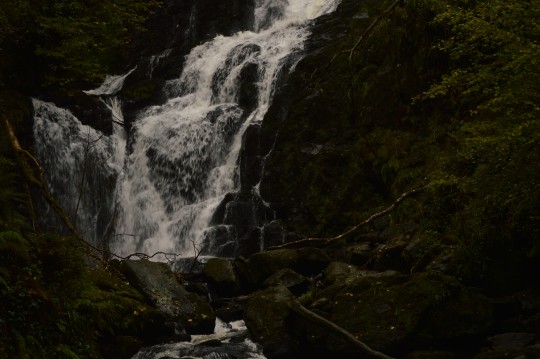
Torc Waterfall, County Kerry, Ireland
Photos taken: October, 2023
#Waterfall#ireland#nature photography#photographers of tumblr#So many cool things to see around Killarney#photography#nikon
2 notes
·
View notes
Text
Torc Waterfall
Not far from the horse and carriage ride where we ran out of time for lunch, we visited the Torc Waterfall. Not fantastic by waterfall standards but pleasant for the day.
0 notes
Link
The original hop on hop off Killarney Shuttle Ladies View Tour . You can use your ticket all day to visit different areas of Killarney and the Highlight of the day is the spectacular mountain drive through the Lake District of Killarney arriving at the beautiful Ladies View where we stop for 50 minutes , here you can enjoy the views and visit the wonderful cafe on site and enjoy lunch or a Pint of Guinness in the wonderful rooftop terrace of the the restaurant and enjoy your amazing surroundings , There is also a wonderful souvenir gift shop offering great value , you can during the day see Ross Castle, Muckross Abbey, Muckross House and Traditional Farms, Torc Waterfall . The Shuttle bus departs across from the Discover Ireland Tourist Office outside the Tescos Supermarket . The Ladies view tour begins every day at 12:30pm #Tours2Go #ToursToGo
0 notes
Text





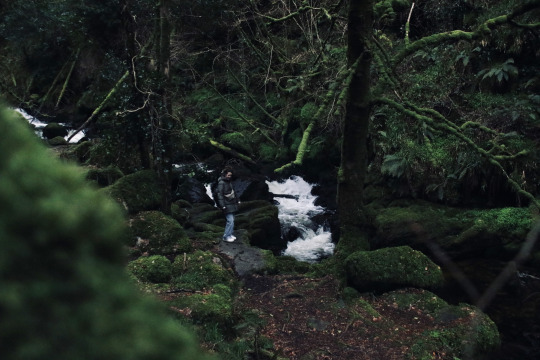


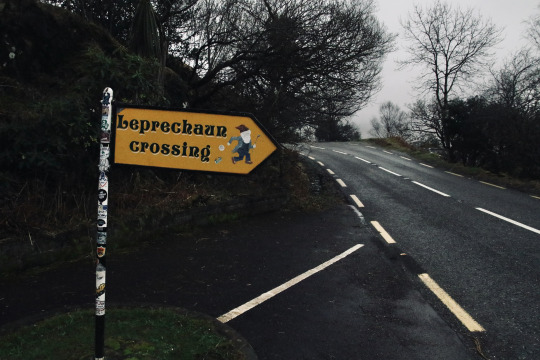


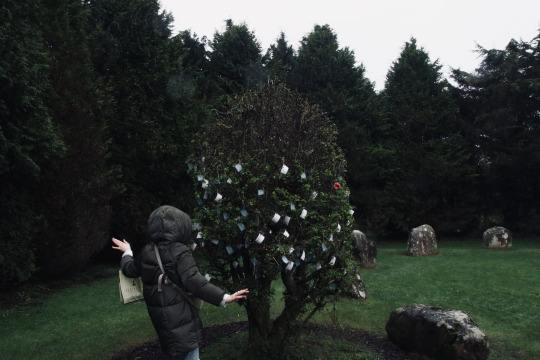
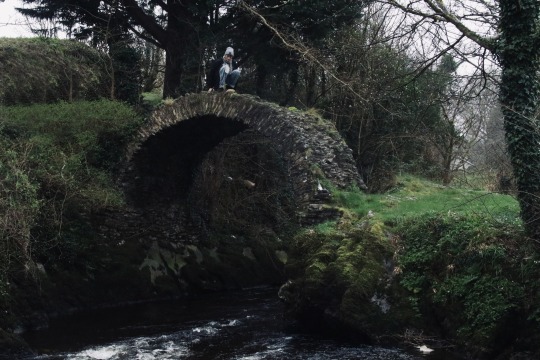

Some of the highlights on the iconic Ring of Kerry drive include Ross Castle, Muckross Abbey, Torc Waterfalls, the Stone Circle and Fairy Tree in Kenmare, and finally Ladies View.
0 notes
Text
Day on Ring of Kerry
Like yesterday the morning started out gloomily but ended up as a beautiful sunny day.
We started early to beat the crowds and the first stop was Torc Falls. A lovely walk through the trees to see the anazing waterfall.
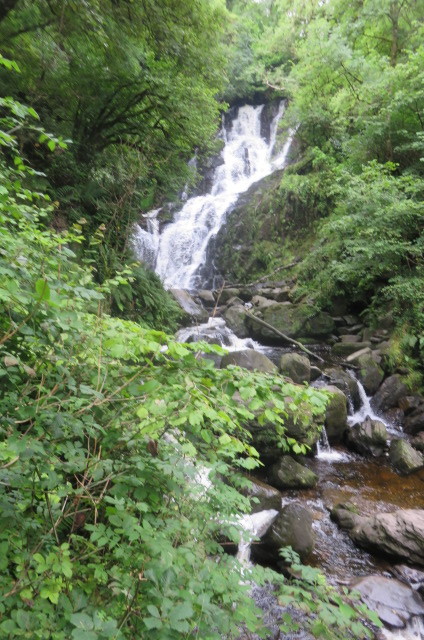
We then continued on our trip clockwise around the "Ring" being constantly amazed at the beautiful scenery of lakes and mountains. We stopped at Sneem for our morning coffee only to find that all the cafes were closed as there was a water supply problem in town. However one enterprising lady with a mobile coffee cart was doing a roaring trade!
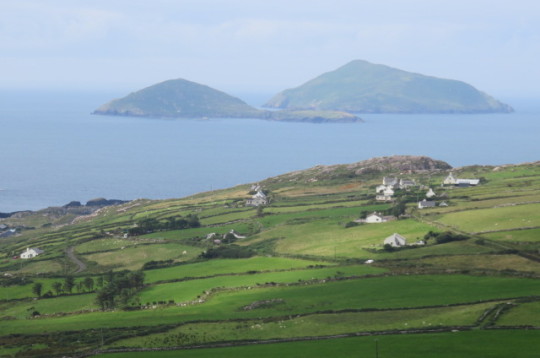

We had a stop at Ballinskelligsan and viewed the Skellig Islands and wandred around the ruins of the Ballinskelligs Priory.
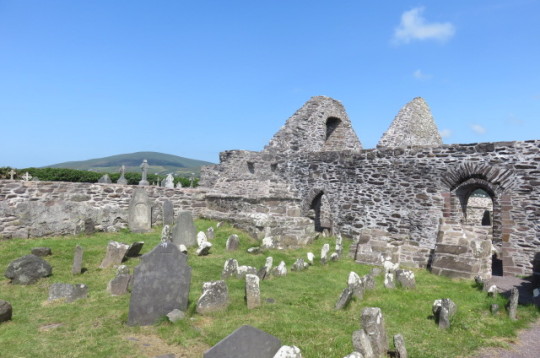
The drive to the Cliffs of Kerry like yesterday's Gap of Dunloe drive was pretty hairy but well worth the effort.
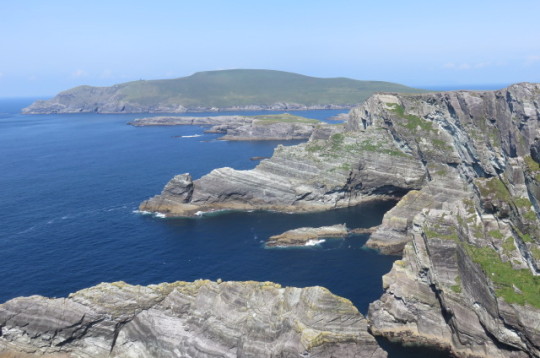
Lunch was at Cahersiveen, the birthplace of Daniel O 'Connell and there is a magnificent church there named the Daniel O'Connell Memorial Church of The Holy Cross .it has a lovely altar and fabulous organ.
From there it was an uneventful trip home.
Dinner at one of the many restaurants along High Street completed a very enjoyable and tiring day .
0 notes
Photo

Torc Waterfall, which means "cascade of the wild boar", apparently. It was our first stop on the Ring of Kerry. We didn't see any wild animals, but we got there ahead of the Ring of Kerry tour crowds, as we drove clockwise (tour buses go counter-clockwise). -- One of our many stops on the Ring of Kerry during our "Bruce Springsteen" trip to Ireland. May 2023 . . . #RingOfKerry #muckross #Ireland #TravelIreland #DiscoverIreland #IrishAdventures #IrishExplorer #VisitIreland #KerryTourism #Kerry #IrishTravel #IrishScenery #fujifilm #xt3 #MyFujifilmLegacy #waterfall #killarney — view on Instagram https://ift.tt/7bgNo9e
0 notes
Text
Up and Down in Ireland
I’ve lived in the same city in Northern Ireland for over three months now, and the only friend I’ve made thusfar is a convicted and unrepentant paedophile who apparently committed his crimes while he and a then 13 year old girl watched rolling news about the 2005 London bombings.
I worked briefly in Kenmare prior to that, staying with a twice married Apache pizza delivery driver and seasoned fisherman called Robert a few weeks later, circumventing one of the many “work for free, stay for free” websites in a village called Kilgarvan, which is about thirty minute’s ride from Killarney. Angling for a tour of the Ring of Kerry and beyond, Robert was thankfully only too happy to oblige, having not visited many of the destinations he had in mind for years. He knew the winding roads and all the best beaches — hidden jewels reminiscent of the Maldives when the weather was just so — like the back of his hand, and his driving skills were impressive. And so we meandered, sometimes sped, towards myriad sea-facing dead ends, chatting with numerous V-Loggers filming and frolicking beside their camper-vans along trails Google Maps leaves largely undocumented as we went.
There’s something beautiful about all this, I thought to myself at the time. The old and the new, the clean-living youthful adverturism outriding the digitised world from which they had sprung, and which invariably helps fund their expeditions, in tandem with a County Kerry lifer revisiting old haunts and friends with a wayward 30-something drunk like myself. Campervans and coming of age road trips aren’t new of course however the Van-life trend — aside from adventure and travel — is about elaborate interiors, twinkly V-log music accompaniment, and tactile video editing as opposed to the rudimentary clothes, drugs, and occasional music event pastiche I’d been used to. Robert let me take a spin in his rickety old manual along the Banna Strand strip one afternoon, a well established beach spot for excitable learner drivers, many of whom seemed to be attempting to re-enact scenes from the Fast and Furious films. I appreciated for the very first time just how anxiety-inducing driving can be.
I cooked food, cleaned his house and cars, took calls from middle-class French mothers trying to book a holiday slot with Robert’s fishing trip business. “We must catch a salmon” they almost universally insisted, perhaps trying to offset the cost of the fishing trip in their heads as Robert perhaps dutifully paid the high-summer Irish rod license fee in anticipation of the trip at the local Post Office. I even spruced up an old hot dog stand sat rusting in his front garden one morning, with a vague plan to start trading in Bantry later that week (no herbs, no spices, no pickle, just fried onion with a choice of either mustard OR ketchup, Robert repeatedly insisted.)
No matter what I did or suggested though, I just couldn’t measure up to the Japanese student who’d boarded with him the previous winter. Forty quality wreaths she had constructed in one day alone to sell at Robert’s numerous Christmas Market haunts that season he exclaimed wistfully one evening as we watched an RTE documentary about Greenland’s slower-than-most transition to social and cultural modernity, mumbling something about ‘Japanese work ethic’ before woefully burying his head in his hands. I thought back to our trip to the Yusuf Spice Halal Shop in Killarney one morning, where Robert seemingly pays cash on a monthly basis to be wired to a young woman living in the Philippines to fund her university studies and who he had first communicated with via Facebook. There was definitely something on his mind, but I think he was missing his son too — a hippy type now living off grid elsewhere, who seemed familiar somehow, and whose photograph stood atop the dresser in the room I slept.
Torc Waterfall, White and Banna Strand, Castle Cove, The Olde Forge trail through to County Cork, Killarney National Park, Waterville. One glorious day, we met two old friends of Robert’s from the hills, at the Lady Madonna statue for Sailors Lost, who he hadn’t seen in a decade. One brought two calves with him to entertain coach-trip passengers stretching their legs and buying ice cream, while the other played the accordion out the back of his van, singing hilarious English gibberish whilst thumping his foot upon a sheet of tin he had placed on the ground.
The hotdog vendor business may never have materialised, however Robert did one balmy late summer’s day take me to visit a friend of his in Bantry: A beady eyed, bespeckled, crutch clutching, pliable faced 73-year-old with a pet cat and a penchant for the Dropkick Murphys named Patrick Guilfoyle. Patrick lived comfortably in a detached shack, rammed elegantly somehow into a tiny space along a hilled street lined with otherwise uniform post-war terraced housing. He had made all of the thoughtful, utilitarian touches that seem to characterise the reduced space, fold-out Dali-an playpens many major city-based millennials and Gen Z-ers have become accustomed to (a velcrowed strip of wall for the TV remote and his various medications, the table that doubled up as a seat for guests, the elaborate kitchenette area.) I didn’t ask why his shack had been built where it so proudly but strangely stood, like some compressed Alpine wooden thumb. I just assumed the previous property had either collapsed, burnt down, or had been ceremoniously demolished for one potentially horrifying reason or another.
I’d been told all about Patrick before I met him, his concern for the safety of women, following a phone-call between the two Irishmen — Robert initiated the conversation by telling me about the Troubles as he had experienced things in Belfast as a young man, living amongst and at times having to work with the kind of gangsters who’d slip cyanide into a comrade’s orange squash before toddling carefree down the road to shoot up a family home. Who’d admonish a person’s commitment to and pride in not only themselves but also their family, friends and country for refusing to subscribe to a culture in which organ harvesting could be construed as a justified norm and would naturally be used as a threat against anyone attempting to thwart them — bringing with us that damned packet of gravy Robert had for some strange reason insisted we fetch for him on the journey. Patrick, in spite of his casual, out-of-the-blue, possibly faux-homophobia, in spite of his genuine affection for his cat and his grandchildren,was a former IRA bomb maker. Dubbed the ‘Bungling Bomber’ by the press, Patrick once accidently blew up a flat in 1970’s Manchester where he and his co-conspirators were constructing various explosive devices at the time whilst smoking a cigarette, and before the police finally caught up with them so too the entrance to a marked Birmingham court house. The remnants of Patrick’s former high-risk pursuits I could see manifested in the nimble modifications he was in the process of making to his I-Pad sleeve with a segmentable switchblade knife when Robert and I first arrived.
Oddly — and in my eyes terrifyingly, tellingly — enough, as we first drove through Bantry I saw a man I’d recently been researching leaning against a wall, working diligently on carving his wooden bowls next to an organic food shop. It was Ian Bailey — qualified lawyer, poet, pub musician, journalist, market trader and erstwhile prime and convicted suspect in the horrific murder of French film-maker Sophie Toscan du Plantier in Dreenane back in 1996. I’d recently been in contact with a witness in the case that turned out to be a third cousin of the same name, who had the following to say:
I know Ian personally, and I see him essentially as a narcissist who walked into the crosshairs of the Gardai who were aware of how much they had messed up the investigation and were glad to be presented with a ‘likely suspect’. (Another theory doing the rounds some time back was that it was a Garda from Bantry who had killed Sophie, and his colleagues were prepared to go to any lengths to cover this up. It is fairly far-fetched, but then look at the deeply shocking corruption of members of the force in another part of the country as highlighted in the Morris Tribunal of 2002.) Ian’s narcissism, of course, has kept him in the limelight, which has not served him well. Another thing that makes him ‘tick’, so to speak, is a certain mindset that prevails among a few English people living here (and I must emphasise ‘few’) — that they are living with the ‘mere’ Irish and feel they can say and do things that they would not get away with at home. This is probably more unconscious than anything else, but his cavalier mangling of the Irish language, thinking no one will notice, says a lot, as does his belief about the worth of his poems (he may not have killed Sophie Toscan du Plantier, but he is certainly guilty of murdering poetry).
My initial thoughts were that Ian Bailey must have been involved — how couldn’t he be, having seen and reported on details of the crime scene 48 hours prior yet being so jovial, knee deep in Schull Pier water as if baptizing himself, reciting poetry and belly laughing at the annual Christmas Day swimming event? Perhaps he was reflexively basking in the knowledge he’d been the first and perhaps only journalist that day to report on what he knew would inevitably become such a huge story. And yet, turning up in that Ford Fiesta with Jules (the progeny of a very wealthy Welsh family, who may or may not own Belfast International Airport), apparently the same model as Sophie’s hire-car that fateful visit, if he (and/or she) had murdered Sophie a few hours earlier, would certainly make the investigator’s jobs more difficult, if not at the immediate scene then definitely along the various lanes and walking routes leading towards it, weather and terrain permitting. Then again standard issue Garda vehicles in 1996 were all Ford Fiestas too, and annual Christmas Day swimming events are generally places of joy.
Bailey allegedly admitted to his crimes to several people over the years. He also has a history of severe domestic violence as confirmed by police reports and a thrice hospitalised Jules Thomas, for which it seems no further police action was ever taken. For these reasons, and many more, including an attempt to set an EAW precedent through an Napoleonic era law and request for extradition to France which was ultimately denied by the Irish High Court on grounds of a lack of sufficient and admissible evidence, he was in 2019 found guilty in absentia and sentenced to 25 years in prison at the Cour d’Assises, Paris. Should Ian Bailey ever attempt to visit France or any other country willing to comply with the extradition order he would be detained and likely transferred to a French prison.
The coroner’s report is truly harrowing, more so than most relating to a murder. Sophie had been bludgeoned repeatedly, mercilessly, with the kind of ferocity usually only attributable to a deeply personal grievance or intended as a stark warning and deterrent to anyone with similar motivations or knowledge as she may have had. Sophie wasn’t strangled to death, true, but her head and face were bashed in to the point of unrecognisability, even to her parents when faced with the grim task of identifying her body, with an ‘unknown utensil’ and a concrete breeze-block instrumentalised at the scene in the laneway outside her holiday home. Could this, or rather how could this not belie an intense hatred, an insatiable jealousy of Sophie; intelligent, defiant, talented, attractive, observant, inquisitive, well-known — feminist? Journalist Veronica Guerin had been murdered six months prior to Sophie in Dublin by drug-gang lackies, Robert tersely reminded me, and from what I can gather she’d have likely found Guerin’s cause, and bravery in execution, inspirational, to the point of attempting to enact action of her own in a similar vein maybe, suspicions dependent, in an area well known for international trafficking routes from Europe and the Americas, resultant of Sophie’s frequent walks along the coastline, her recent or indeed future work, and the people she may have met along the way.
Because there really were several abnormalities during Sophie’s final trip to West Cork. Things were more last minute than usual; as noted by housekeeper, Josie. She was vague, not just about her itinerary that stay but also her departure date, and for the first time she had travelled to Ireland alone. Various people she knew had been made aware Sophie was convinced the house was being utilised for one reason or another while it stood empty. But for what reason who knows? Perhaps she wanted to determine once and for all what had been going on by process of elimination, catching whoever it was red-handed or confronting those she may have readily suspected on the back foot. She may have been expecting the arrival of someone, or had simply fallen prey through her inquisitive nature to a gaggle of bullshit artists, one of whom turned ruthlessly violent for reasons we may never know but which the author of Murder at Roaringwater concludes boils down to a drunk Ian Bailey, and Sophie’s refusal to hand over a bottle of vintage French red wine, lobbed unopened into nearby shrubbery and found only several months after her murder.
We’ll only never know.
0 notes
